Dive into the unknown
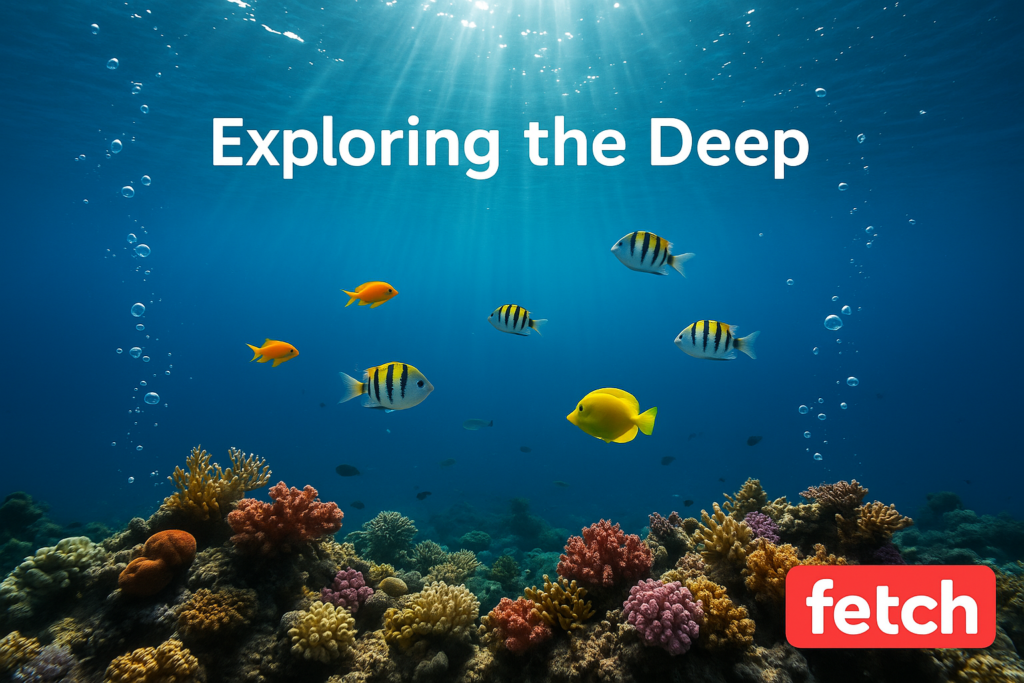
The ocean is a vast and mysterious realm, covering over 70% of our planet’s surface. Despite its prominence, many of its secrets remain hidden beneath the waves. Here are 13 intriguing facts about the ocean that might surprise you:
1. The Ocean Produces Most of Earth’s Oxygen
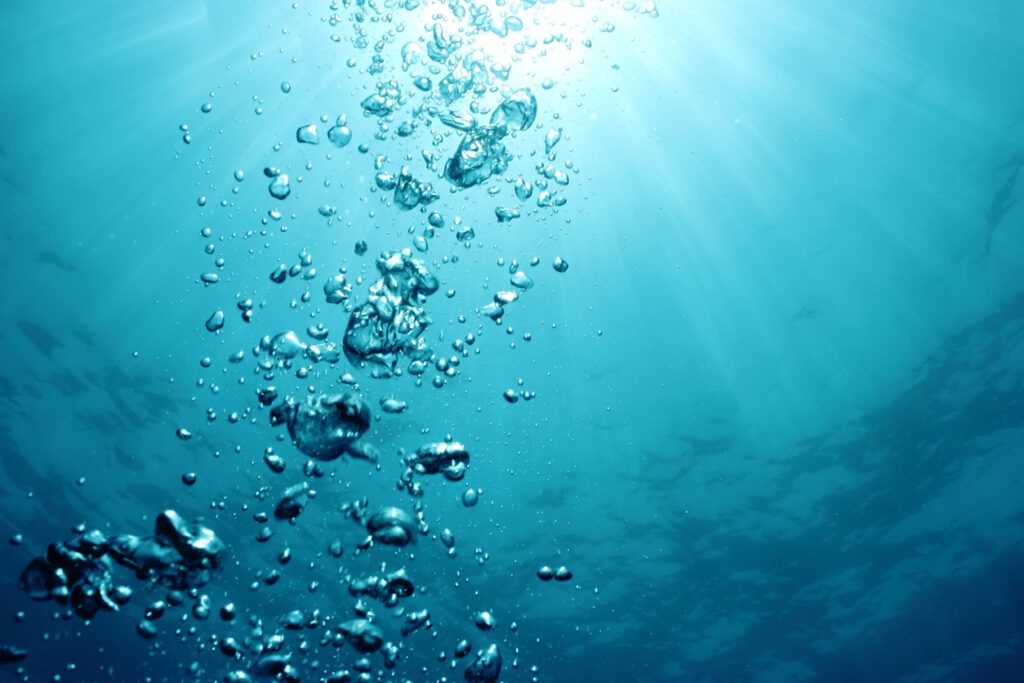
While it’s commonly said that forests are the planet’s lungs, the ocean actually produces over half of the world’s oxygen. This is primarily due to tiny marine organisms called phytoplankton, which, like land plants, use photosynthesis to convert sunlight, water, and carbon dioxide into oxygen and energy. One such organism, Prochlorococcus, is so abundant that it’s responsible for one in every five breaths we take. Source: williamsonrealty.com
2. The Deepest Part of the Ocean Is More Mysterious Than Space

According to studies, The Mariana Trench is considered to be the deepest part of the world’s oceans. Inside of the Trench is a valley known as Challenger Deep. The Challenger Deep, a valley within the Mariana Trench, is the deepest known point on Earth, reaching a depth of approximately 36,070 feet (about 7 miles). This depth is significantly greater than the height of Mount Everest, which is 29,029 feet. No human has ever reached the bottom of the Challenger Deep; the record for deepest human descent is 35,797 feet. Source: williamsonrealty.com
3. The Ocean Is Full of Gold
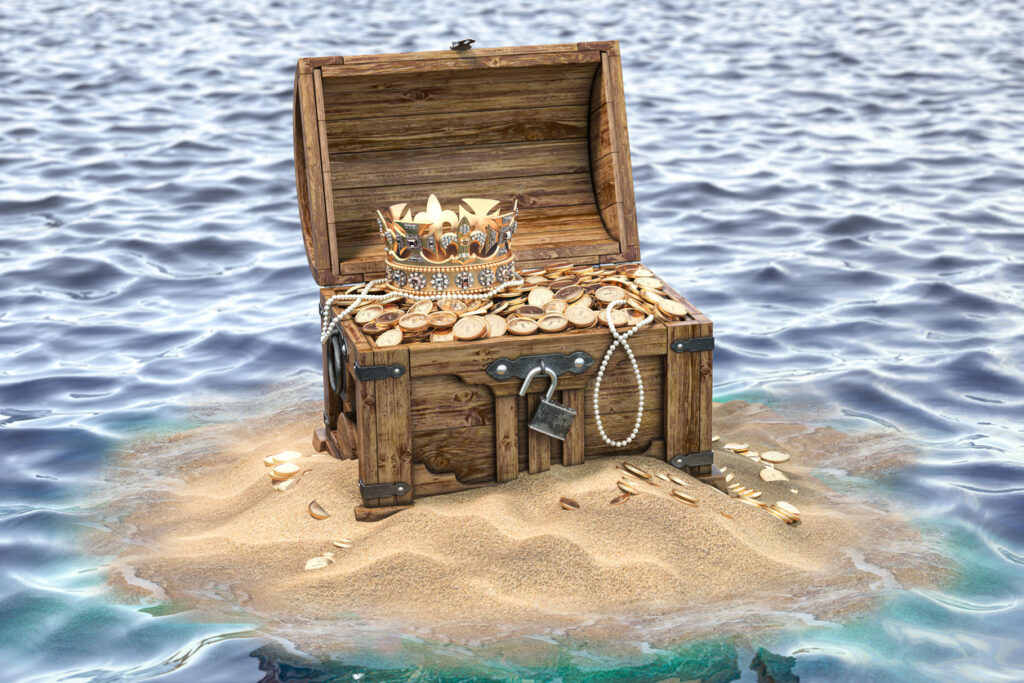
The surprising fact about natural gold reserves on Earth is that the world’s oceans contain approximately 20 million tonnes of this precious metal. This is equivalent in value to around 10 times the world’s gross domestic product (GDP) as of 2017. However, it’s so diluted like about 13 billionths of a gram per liter of water which makes its extraction currently not feasible. If you want to try, The volume of seawater needed to extract 1 gram of gold is approximately 86,923,076.92 liters. Source: readersdigest.com.au
4. The World’s Largest Waterfall Is Underwater
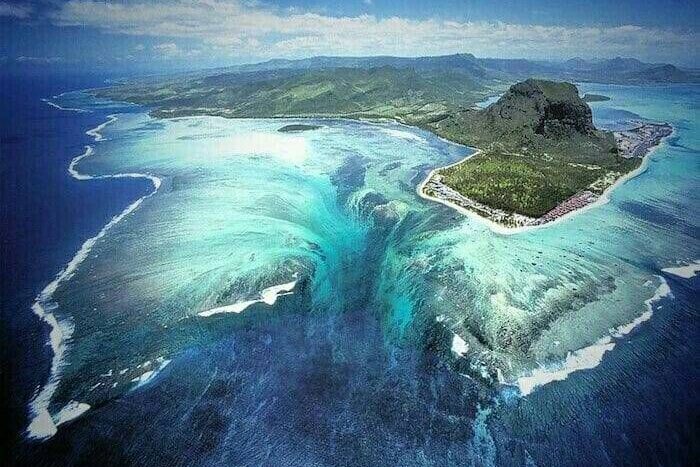
The Denmark Strait cataract, which is indeed the world’s largest underwater waterfall, is located between Greenland and Iceland and features a significant drop of around 11,500 feet (3,500 meters). The cold, dense water from the Nordic Seas flows over this drop and into the Irminger Sea, creating a substantial flow rate that exceeds 123 million cubic feet per second. Source: williamsonrealty.com
5. The Ocean Is Home to the Earth’s Longest Mountain Range
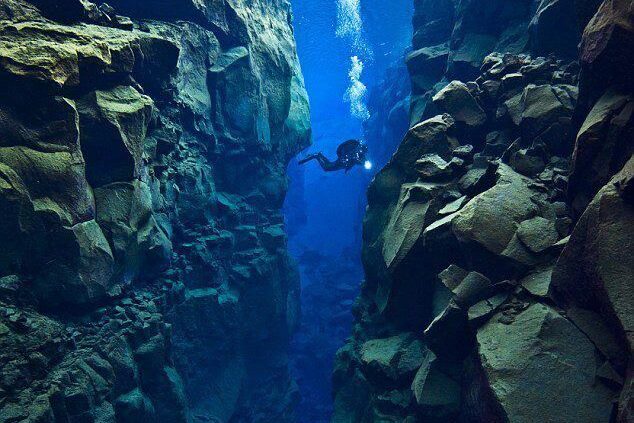
The massive mid-ocean ridge system is a continuous range of underwater volcanoes that wraps around the globe like seams on a baseball, stretching nearly 65,000 kilometers (40,390 miles). The majority of the system is underwater, with an average water depth to the top of the ridge of 2,500 meters (8,200 feet).
6. The Ocean Regulates Earth’s Climate
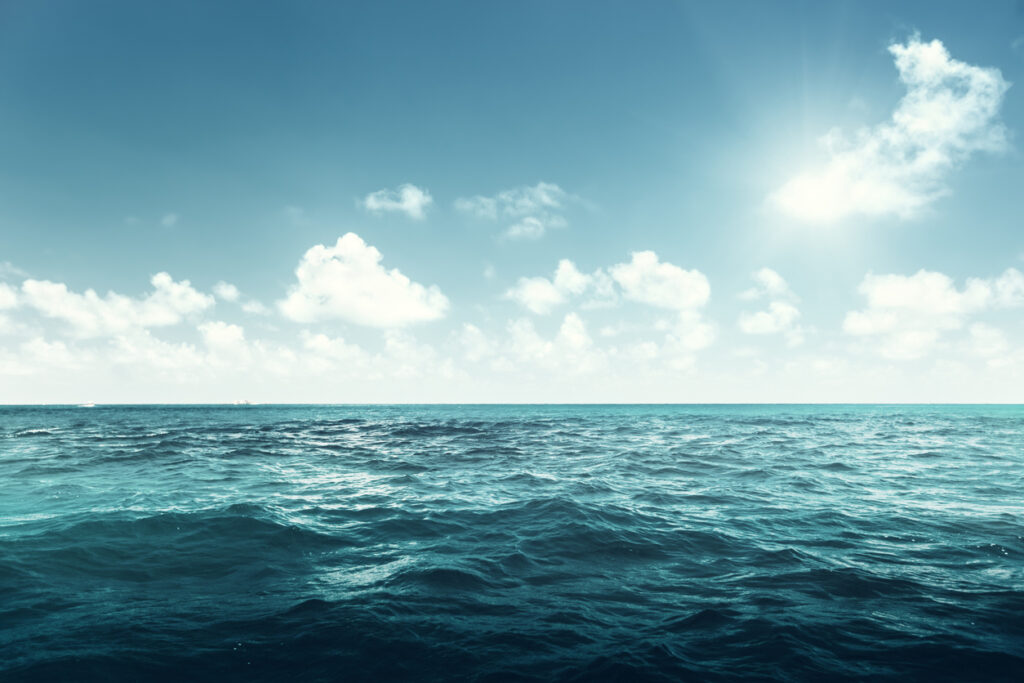
Ocean currents function as a global conveyor belt, redistributing heat around the planet and influencing Earth’s climate, weather patterns, and temperatures. This process, driven by temperature and salinity differences (thermohaline circulation), transports warm water from the equator toward the poles and cold water from the poles back to the tropics.
7. Explorer Magellan Named the Pacific Ocean

The famous explorer, Ferdinand Magellan crossed the Atlantic in 1519 and eventually reached the Pacific Ocean, which he named “Mar Pacifico” (Pacific Ocean) for its calm waters. The Pacific Ocean is the largest ocean on Earth, covering 59 million square miles. Magellan’s expedition was the first to circumnavigate the globe, though Magellan himself died before the voyage’s completion.
8. The Ocean Is Full of Volcanoes
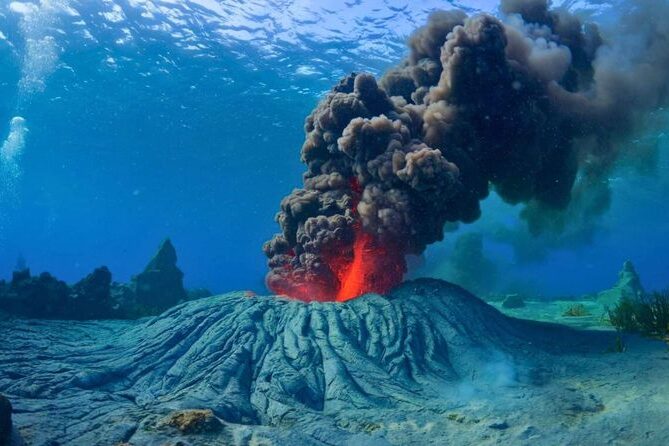
A significant portion of the world’s volcanic eruptions, estimated at 80%, occur underwater, making them largely unnoticed. There are an estimated one million volcanoes in the ocean, some active and some extinct, playing a crucial role in shaping ocean floor features and impacting the Earth’s interior. scientists believe that despite extremely high temperatures generated by underwater volcanoes (in excess of 750 degrees Fahrenheit), there are numerous undiscovered species in these areas. These vents are home to unique ecosystems, including microbes, tubeworms, shrimp, and crabs, that thrive on chemical energy from the volcanic fluids.
9. The Ocean Is a Source of Critical Minerals

The ocean floor is a significant source of critical minerals like cobalt, lithium, and rare earth elements, which are vital for modern technology. These minerals are essential for a wide range of applications, including electronics, renewable energy, and various industries, and are projected to see increasing demand. Deep-sea mining is being explored as a potential source for these resources, particularly in locations like the Clarion-Clipperton Zone.
10. The Ocean’s Salinity Is Remarkable
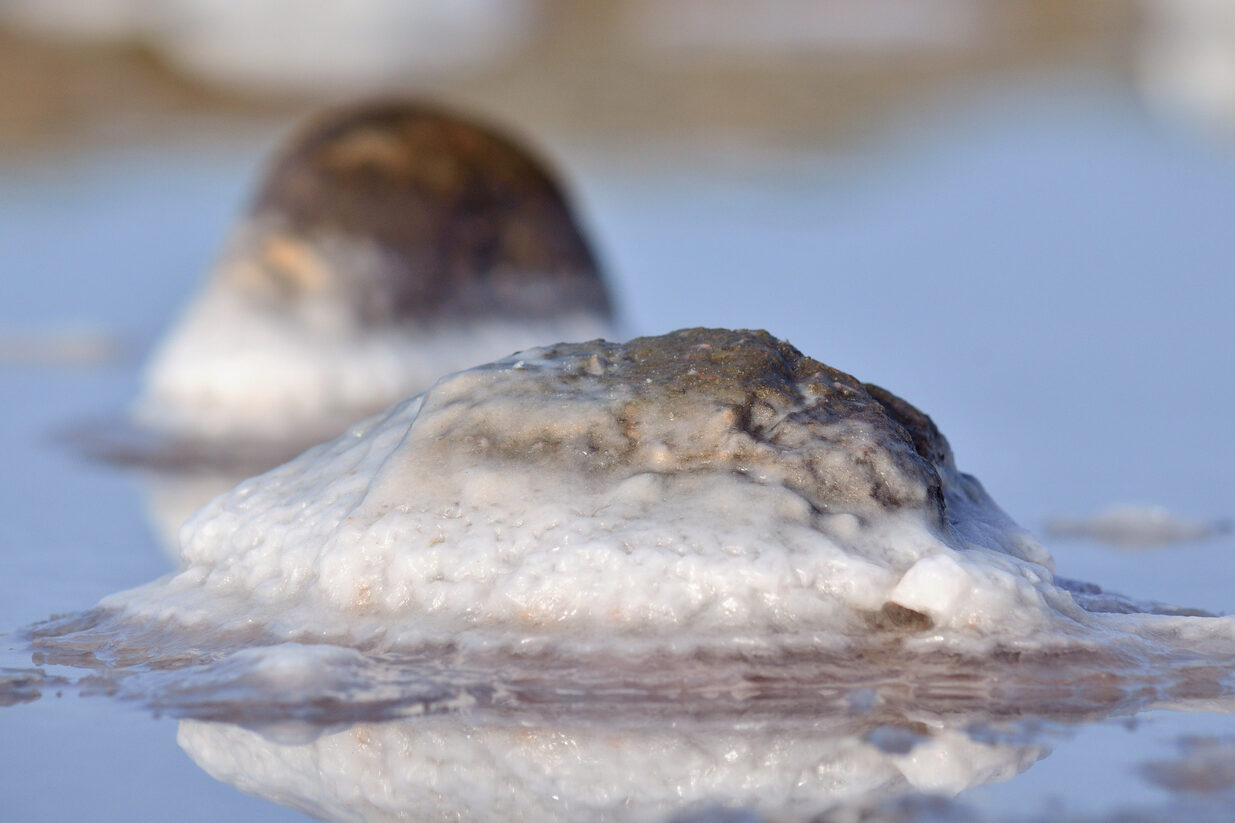
By some estimates, if the salt in the ocean could be removed and spread evenly over the Earth’s land surface it would form a layer more than 500 feet (166 meters) thick, about the height of a 40-story office building.
11. The Ocean Has Underwater Lakes and Rivers
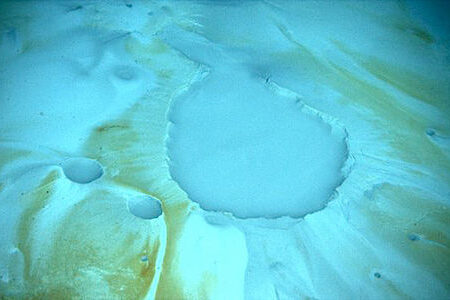
Brine pools, which are super-saline underwater lakes and rivers, form in regions like the Gulf of Mexico due to the accumulation of highly concentrated salt solutions. This happens due to the dissolution of buried salt deposits and salt tectonics, particularly the Louann Salt Layer. These extreme environments, with their high salinity and often anoxic conditions, support unique ecosystems of specialized marine life, including extremophiles that thrive in these challenging conditions.
12. The Ocean Is a Vast Carbon Sink
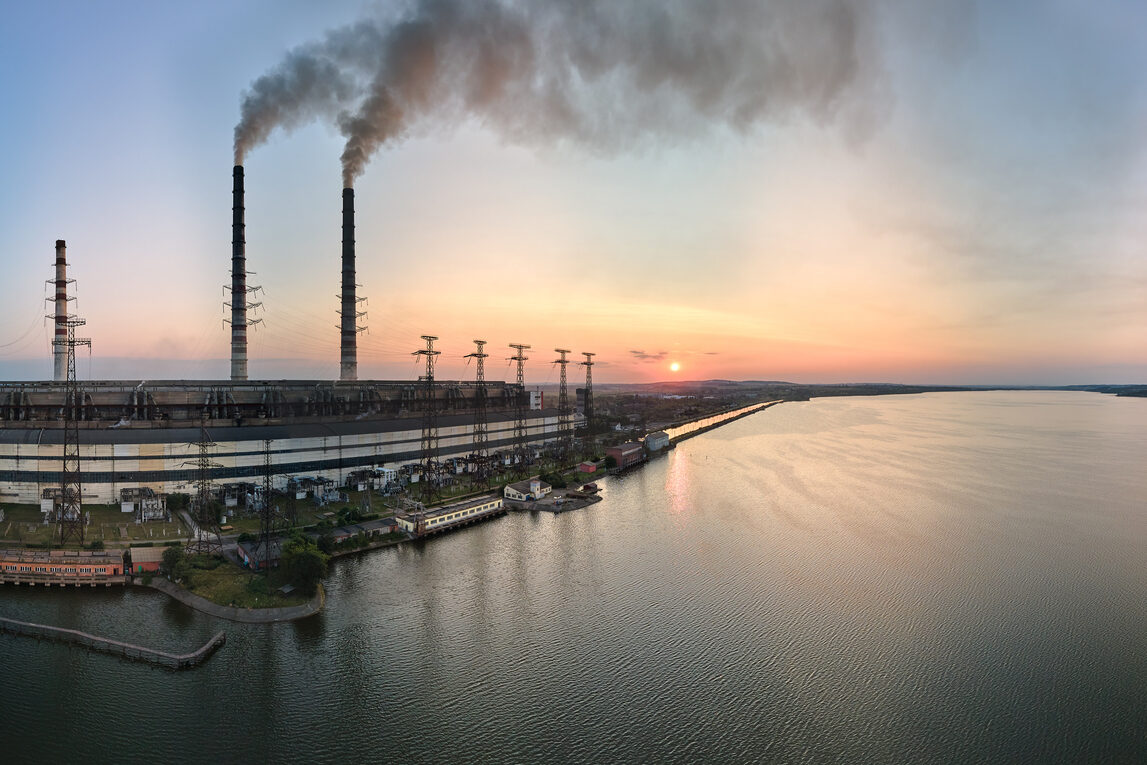
The ocean absorbs approximately 25% of the carbon dioxide (CO2) emitted by human activities annually. This absorption helps slow down climate change, but it also leads to ocean acidification, impacting marine ecosystems. Ocean acidification occurs when the ocean absorbs excess CO2, lowering its pH. This change can make it harder for marine organisms, like shellfish and corals, to build and maintain their shells and skeletons.
13. The Ocean Is Still Largely Unexplored
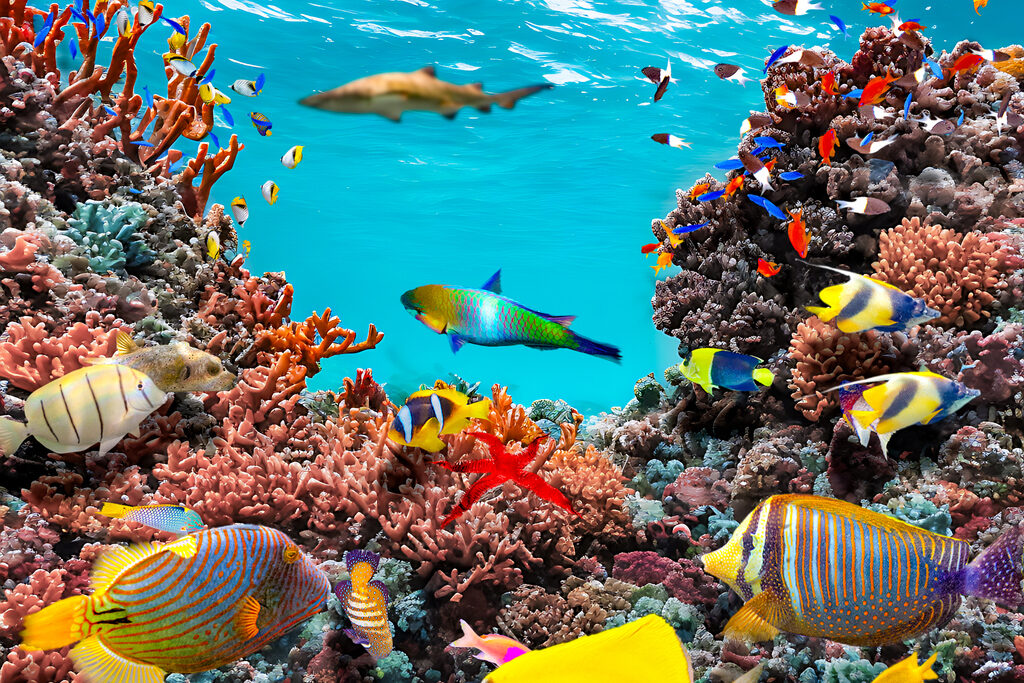
A significant portion of the ocean, over 80%, remains unexplored and unmapped, despite advances in technology. This vast, largely unknown area offers numerous opportunities for scientific discovery, with potential for uncovering new species, understanding climate patterns, and exploring geological features.
The ocean’s vastness and complexity continue to inspire awe and curiosity. As we strive to learn more about this incredible ecosystem, Stay updated with us for more maritime stories.


